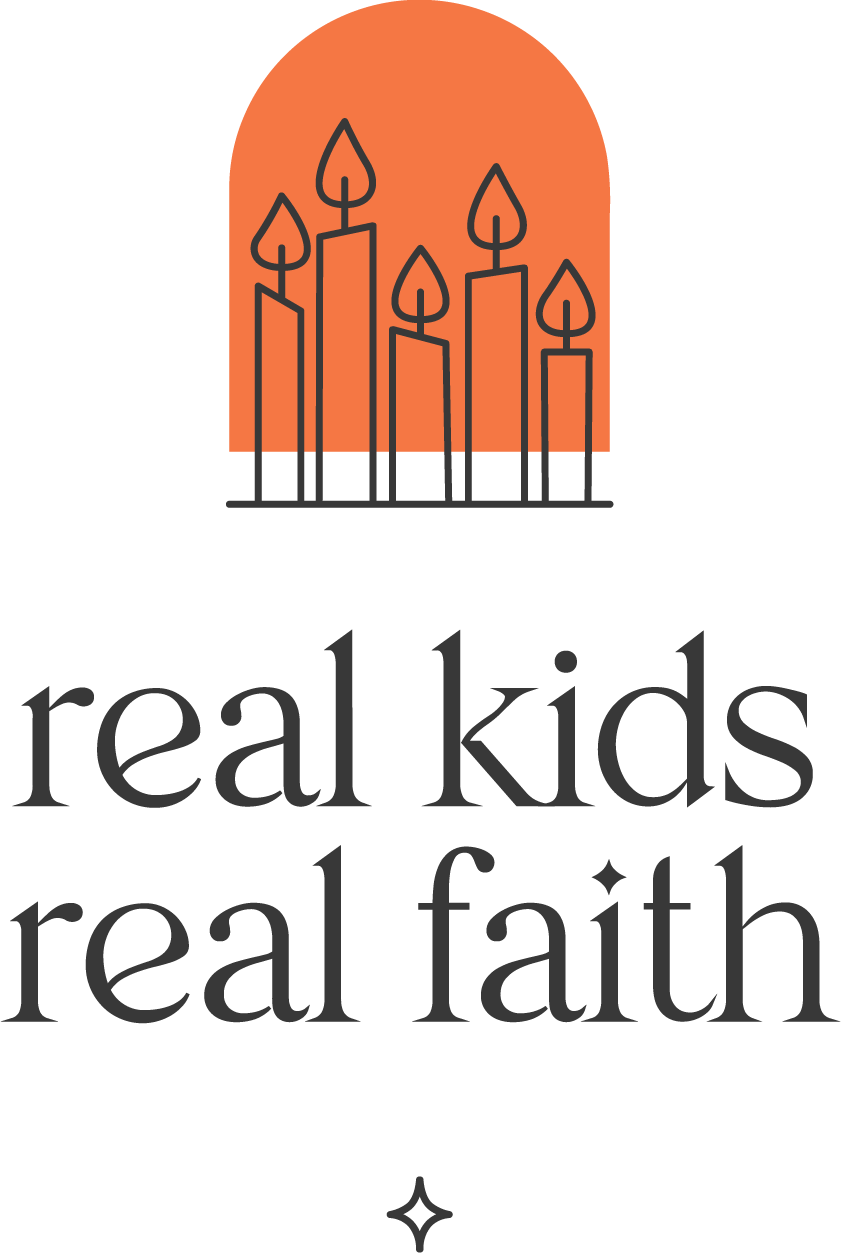My youngest loves to listen to podcasts. He’s always sharing about the latest episode and what he’s learned from scientists discussing their experiments, historians debating the significance of a past event, or authors sharing the backstory to a book they wrote. He likes being able to queue up an episode while eating a snack or in the car. It satisfies his craving to explore new ideas, led by his own curiosity.
Podcasts offer kids diverse perspectives on a host of topics. On The Past and The Curious, they can dive into historical events and places in 30 minute segments. Circle Round offers access to folktales from around the world. But Why: A Podcast for Curious Kids explores a wide range of topics, from volcanos and glaciers to who invented emojis. Smash Boom Best showcases debates about everything from heroes (Gandalf vs. Snape) to natural phenomena (eclipses vs. aurora borealis).
Incorporating podcasts into children’s learning can take multiple forms. We might look for episodes that relate to specific topics, such as climate change, cultural holidays, or the civil rights movement. We might use them as models of thoughtful and respectful debate about ideas. We could even suggest that children scroll through episode lists looking for what piques their interest and encourage them to create shared playlists so they get to know each other better.
Analyzing podcasts can promote curiosity and sharpen kids’ critical thinking skills. As they listen, suggest that they pay attention to what information the podcaster chooses to include and what might be missing. Wonder together about how they might gather more information to fill in any gaps. If the podcast includes multiple perspectives on a topic, ask children to identify the viewpoint they find most persuasive and why.
While listening to podcasts can be both fun and educational, creating their own podcasts can help children find their own voices. A simple format involves just two kids and a recording device. One child plays the host, introducing the episode’s focus. The other child provides the content by retelling a story or discussing a topic they have researched. A digital recorder or online recording tool (like Vocaroo) captures their efforts so they can be shared.
Developing a podcast around storytelling is another simple format. Children simply select a story that is significant to them or to the group and then record themselves telling the story in their own words. They might introduce the story by explaining why they selected it or how it fits into a larger collection of stories. They could follow the story with a few words about what they think the story’s meaning might be and/or what they have learned from it.
Kids can also design and participate in podcast debates. Agree on a question or issue to discuss, such as why people are fascinated by the stars, whether healthcare should be free for all, or the pros and cons of boycotting a business as a protest. Encourage children to research the topic to help them identify what they think and provide support for their ideas. Then record their discussion, with you or a child playing the role of moderator and the rest sharing their thoughts in response to the moderator’s questions.

Comments